Flood‑Prone Basement Housing in New York City and the Impact on Low‑ and Moderate‑Income Renters
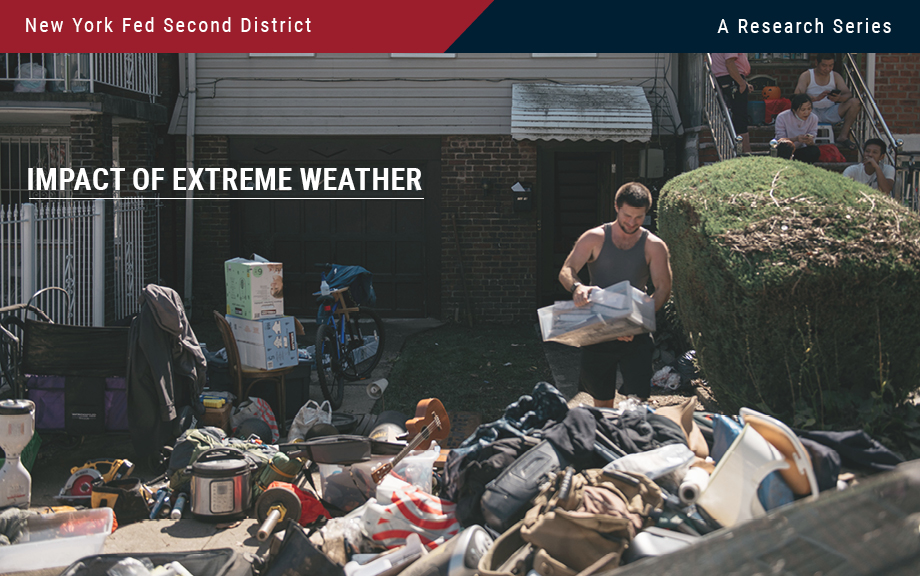
Hurricane Ida, which struck New York in early September 2021, exposed the region’s vulnerability to extreme rainfall and inland flooding. The storm created massive damage to the housing stock, particularly low-lying units. This post measures the storm’s impact on basement housing stock and, following the focus on more-at-risk populations from the two previous entries in this series, analyzes the attendant impact on low-income and immigrant populations. We find that basements in select census tracts are at high risk of flooding, affecting an estimated 10 percent of low-income and immigrant New Yorkers.
Small Business Recovery after Natural Disasters in the Fed’s Second District
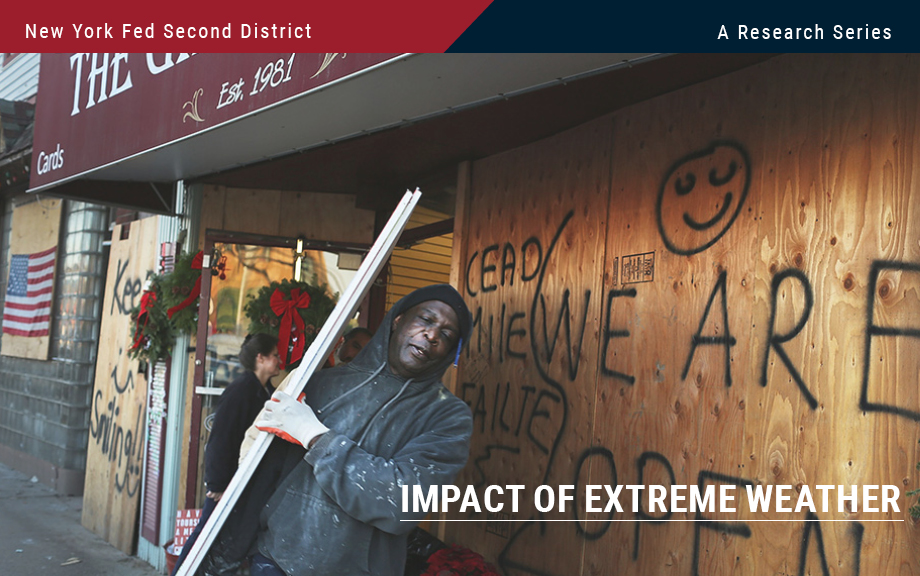
A previous Liberty Street Economics post found that minority-owned small businesses in the Federal Reserve’s Second District have been particularly vulnerable to natural disasters. Here we focus on the aftermath of disasters (such as hurricanes, floods, wildfires, droughts, and winter storms) and examine disparities in the ability of these firms to reopen their businesses and access disaster relief. Our results indicate that while white- and minority-owned firms remain closed for similar durations, the latter are more reliant on external funding from government and private sources to cope with disaster losses.
Transition Risks in the Fed’s Second District and the Nation

Climate change may pose two types of risk to the economy—from policies and consumer preferences as the energy system transitions to a lower dependence on carbon (in other words, transition risks) or from damages stemming from the direct impacts of climate change (physical risks). In this post, we follow up on our previous post that studied the exposure of the Federal Reserve’s Second District to physical risks by considering how transition risks affect different parts of the District and how they differentially affect the District relative to the nation. We find that, relative to other regions of the U.S., the economy of the Second District has considerably less exposure to fossil fuels. However, the cost of reducing even this relatively low economic dependence on carbon is still likely to be considerable.
Does Income Inequality Affect Small Firms?
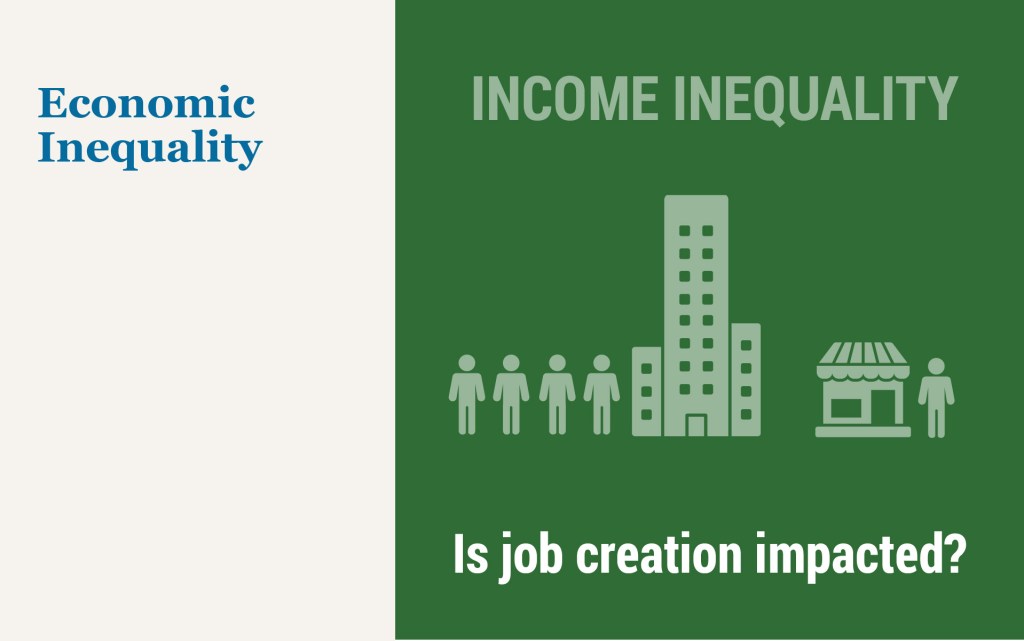
The share of income going to high-income households has increased significantly in the United States in recent decades. In 1980, the average income share of earners in the top 10 percent was around 30 percent. However, by 2015, it had surpassed 45 percent. The employment share of small firms has also declined, with a decrease of approximately 5 percentage points over the same period. In this post, we use variation across states to show a correlation between these two developments, with states having the greatest increase in the upper income share also tending to be those with the biggest job creation declines in small firms compared to large firms. One explanation for this correlation is that the increase in the income share of the highest income earners reduced deposits in small and medium-size banks from what they otherwise would have been. In doing so, this shift in income reduced the available credit for small firms, putting them at a disadvantage relative to large firms.
What Drove Racial Disparities in the Paycheck Protection Program?

Numerous studies of the Paycheck Protection Program (PPP), which provided loans to small businesses during the COVID-19 pandemic, have documented racial disparities in the program. Because publicly available PPP data only include information on approved loans, prior work has largely been unable to assess whether these disparities were driven by borrower application behavior or by lender approval decisions. In this post, which is based on a related Staff Report and NBER working paper, we use the Federal Reserve’s 2020 Small Business Credit Survey to examine PPP application behavior and approval decisions and to study the strengths and limitations of fintech lenders in enhancing access to credit for Black-owned businesses.
Does the CRA Increase Household Access to Credit?
Congress passed the Community Reinvestment Act (CRA) in 1977 to encourage banks to meet the needs of borrowers in the areas in which they operate. In particular, the Act is focused on credit access to low- and moderate-income communities that had historically been subject to discriminatory practices like redlining.











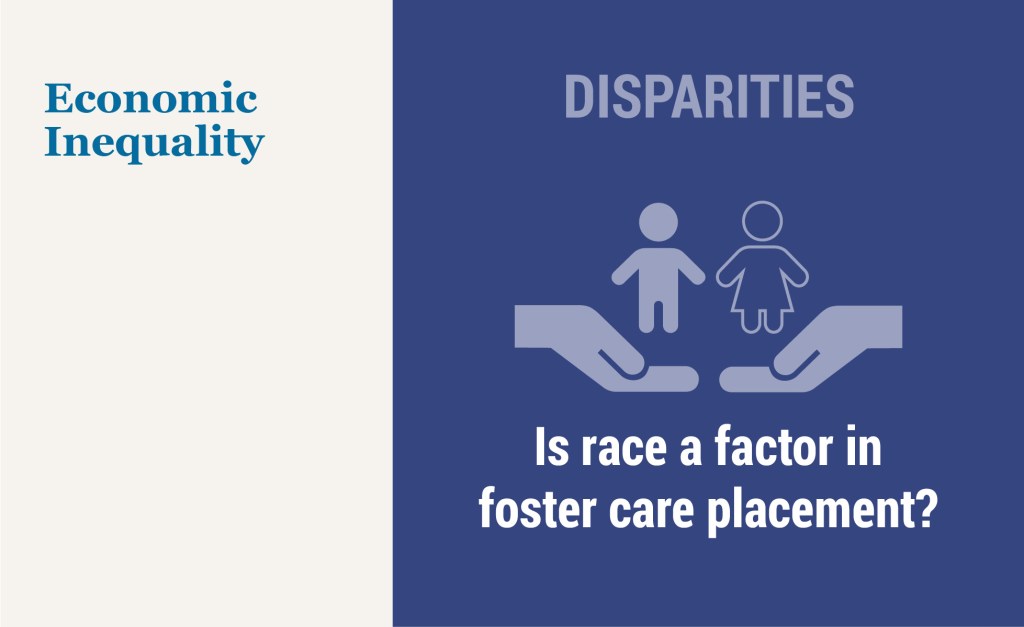
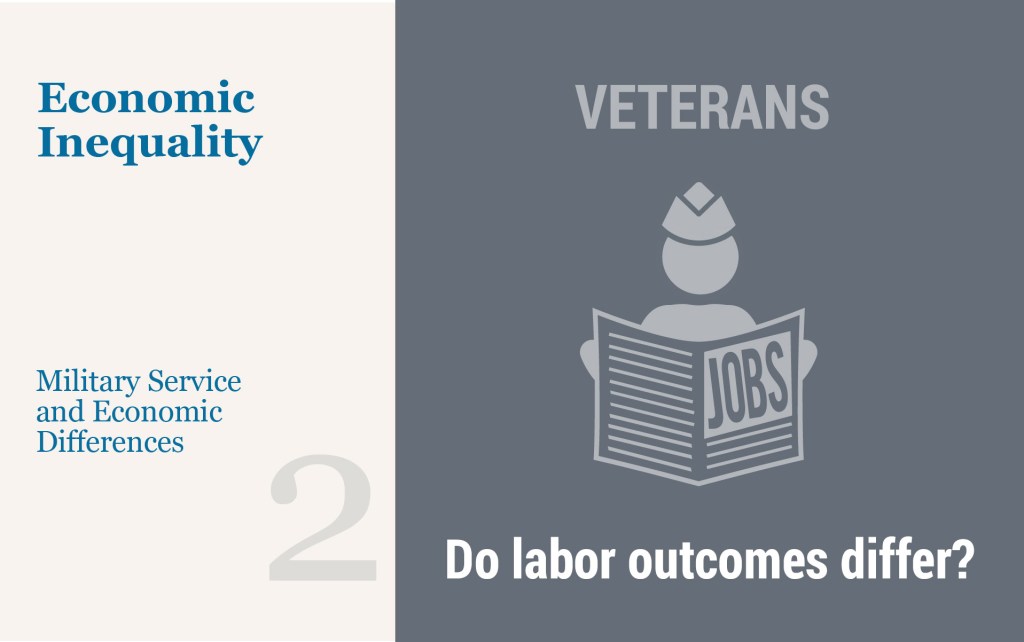
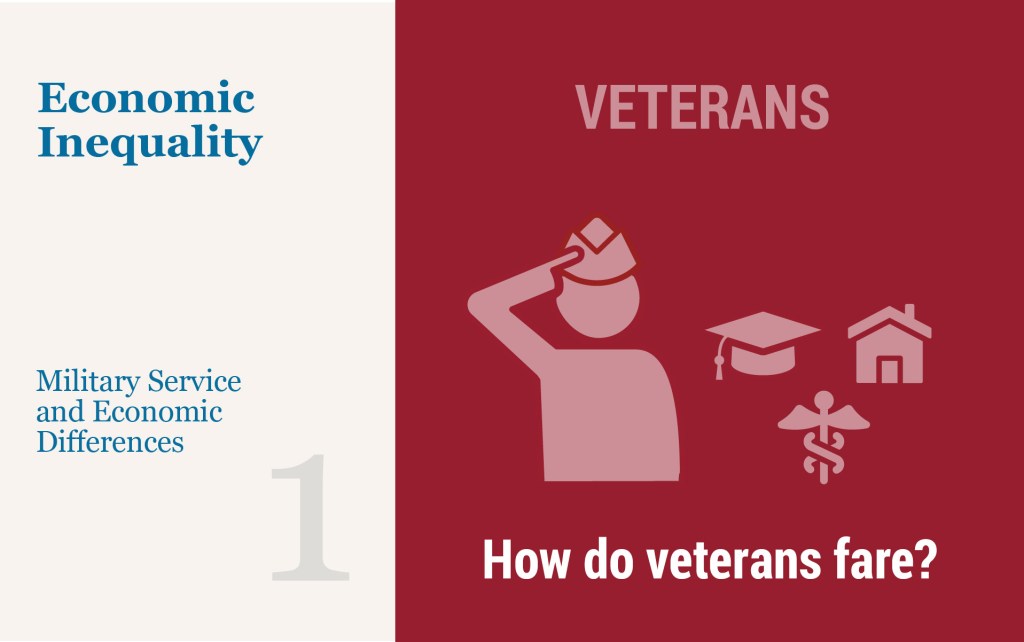
 RSS Feed
RSS Feed Follow Liberty Street Economics
Follow Liberty Street Economics